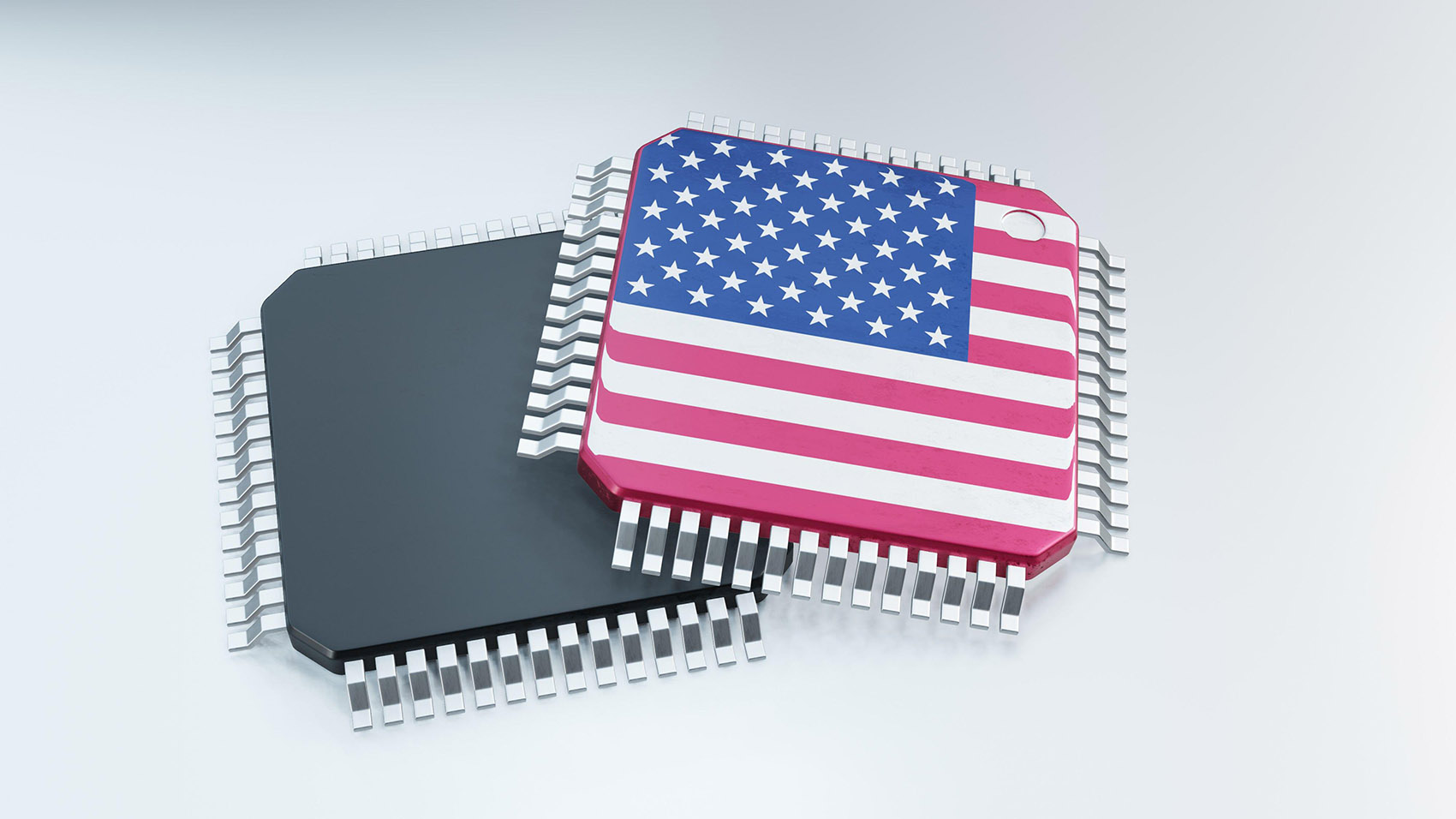
WWW.INFORMATIONWEEK.COM
Is the CHIPS Act in Jeopardy? What the US Election Could Mean for Semiconductor Industry
Shane Snider, Senior Writer, InformationWeekNovember 5, 20244 Min ReadZoonar GmbH via Alamy Stock PhotoTodays election, which pollsters say is neck and neck in the presidential race between Republican candidate and former US President Donald J. Trump and Democratic candidate, US Vice President Kamala Harris, could determine the future of the $52.7 billion CHIPS and Science Act.The CHIPS Act, signed into law two years ago, is already doling out some of the $39 billion aimed at semiconductor manufacturing, with another 13.2 billion earmarked for R&D and workforce development. The Biden Administration has touted the effort as one of its major accomplishments.Trump recently took to the Joe Rogan podcast to declare: That chip deal is so bad. Trump says the US should instead impose tariffs he says would force more chips to be produced in the US. Others say tariffs, which are charged to the importing company and not the exporting country, would have the opposite effect.House Speaker Mike Johnson, in remarks that he recently walked back, suggested that the GOP would "probably" try to repeal the legislation. He later said that he misunderstood the question after pushback from GOP Rep. Brandon Williams, a New York state congress member locked in a tough race with Democrat candidate state Sen. John Mannion.Johnson told reporters that a repeal is not in the works, but there could be legislation to further streamline and improve the primary purpose of the bill -- to eliminate its costly regulations and Green New Deal requirements.Related:Billions at StakeAccording to the US Commerce Department, the CHIPS Act is expected to boost US chip manufacturing from zero to 30% of the worlds leading-edge chip supply by 2032. Chip companies like Intel, Micron, Samsung, and TSMC have announced massive US manufacturing upgrades and new construction.Last year, the Commerce Department said more than 460 companies had signaled interest in winning subsidies through the bill. The US has chosen 31 underdog tech hubs for potential hotspots that would funnel CHIPS funding into areas outside of traditional tech corridors. Earlier this week, Albany NanoTech Complex was selected as the first CHIPS Act R&D flagship facility, winning $825 million in subsidies to fund a new Extreme Ultraviolet (EUV) Accelerator.US Sen. Mark Kelly, (D-Ariz), was a key sponsor of the CHIPS Act. Since 2020, Arizona netted more than 40 semiconductor deals, with $102 billion in capital investment and the potential for 15,700 jobs. TSMCs investment in Arizona stands at more than $65 billion. Intel is investing more than $32 billion in two new Arizona foundries (chip factories), and to modernize an existing fab.Related:Republicans are staking their political fortunes on the CHIPS Act as well. Sen. John Cornyn (R-TX), also co-authored the bill. And Sen. Marco Rubio (R-Fla.) and Sen. Tom Cotton have been vocal about China-US competition. The CHIPS act could shore up a domestic supply chain that gives North America a real advantage in the chip wars.While the CHIPS Act itself is not on any ballot measures for this election cycle, economic policies that impact power consumption and other key tech-important issues may impact the industry as well. In Arkansas, one ballot measure proposal concerning lottery funds could help create more skilled tech workers, for instance. In Maine, a ballot measure proposes issuing $25 million in bonds to fund research for IT industries.Bob ODonnell, president and chief analyst at TECHnalysis Research, says the future of US semiconductor manufacturing should not be a partisan issue. Its clear to me that the CHIPS Act is incredibly important and hopefully it will cross party lines, he says in a phone interview with InformationWeek. Theres no doubt there will be demand down the road. And theres no question that the geographical diversity of semiconductor manufacturing is way out of whack. This is a US necessity.Related:A Question of Workforce Readiness and R&DJohn Dallesasse, a professor of electrical and computer engineering at the University of Illinois Grainger College of Engineering, says funding from the CHIPS Act will be crucial to workforce and educational needs. It would be unfortunate if the US government were to backpedal on the investments in semiconductor technology enabled by the CHIPS and Science Act, he tells InformationWeek in an e-mail interview. While the [act] provides incentives for manufacturing, theres also a significant emphasis on new technology R&D and workforce development -- both of which will be needed to restore US competitiveness in semiconductors.He adds, Without the combination of new technology development and incentives to bring manufacturing back to the US, we will continue on the downward spiral which has brought us from a dominant force in semiconductor manufacturing to a country which only makes 12% of the world's chips.About the AuthorShane SniderSenior Writer, InformationWeekShane Snider is a veteran journalist with more than 20 years of industry experience. He started his career as a general assignment reporter and has covered government, business, education, technology and much more. He was a reporter for the Triangle Business Journal, Raleigh News and Observer and most recently a tech reporter for CRN. He was also a top wedding photographer for many years, traveling across the country and around the world. He lives in Raleigh with his wife and two children.See more from Shane SniderNever Miss a Beat: Get a snapshot of the issues affecting the IT industry straight to your inbox.SIGN-UPYou May Also LikeWebinarsMore WebinarsReportsMore Reports
0 Comentários
0 Compartilhamentos
46 Visualizações


